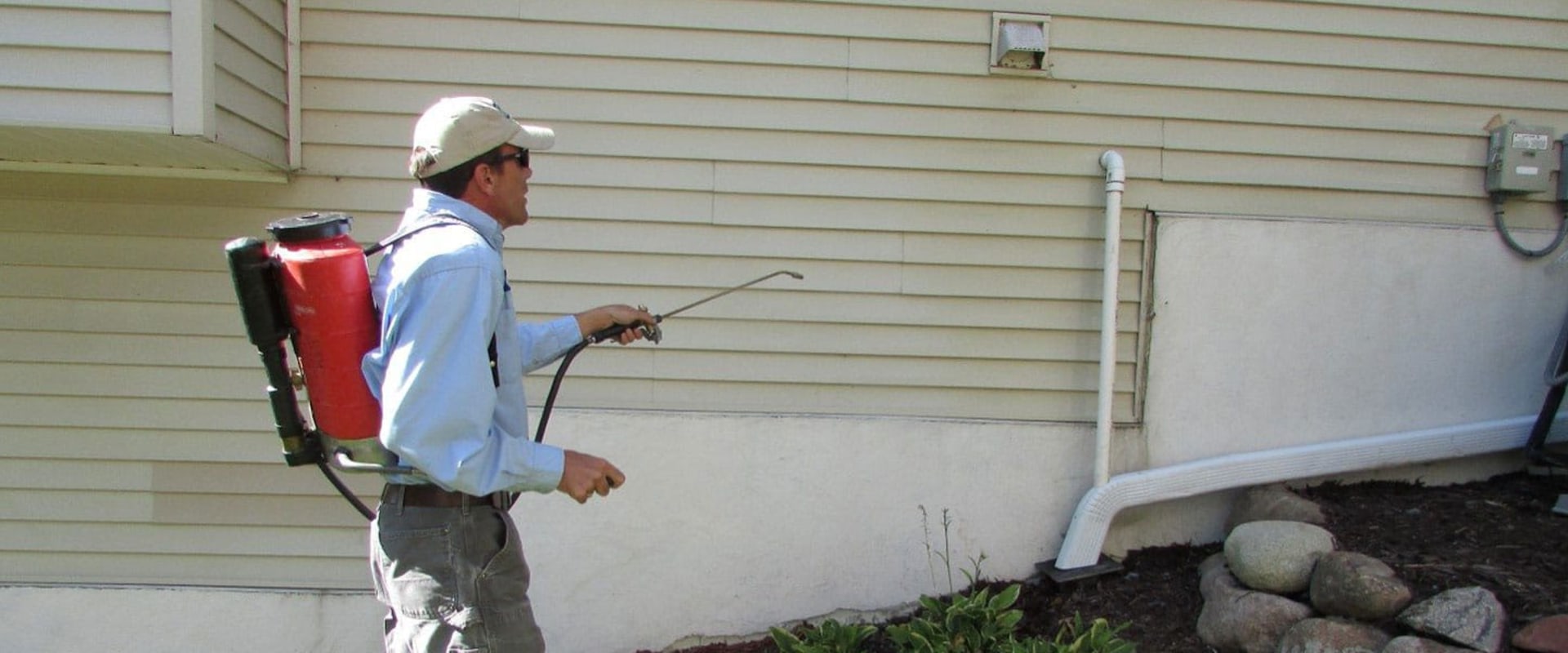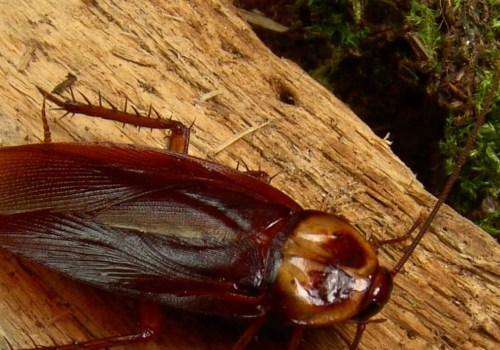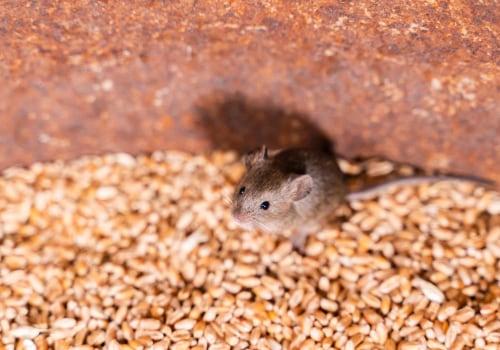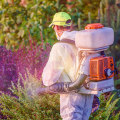Outdoor pest control is a vital component of maintaining a comfortable and healthy home environment, especially for those who enjoy spending time in their yards, gardens, and outdoor spaces. When left unchecked, outdoor pests such as mosquitoes, ants, ticks, and rodents can cause significant disruptions and even health risks, from spreading diseases to damaging plants and property. Many homeowners wonder if outdoor pest control measures are genuinely effective and how they can maximize their impact. In this guide, we’ll explore how outdoor pest control works, the methods available, and what to expect from a well-maintained pest management strategy.
How Outdoor Pest Control Works
Outdoor pest control works by targeting pests at various stages of their life cycles, using a combination of preventive measures and direct treatments. Pest control companies typically employ methods that prevent pests from entering the property, eliminate existing pests, and reduce breeding grounds. These treatments can involve natural or chemical-based products, depending on the pest problem and the homeowner’s preferences. The success of outdoor pest control depends on regular maintenance, environmental factors, and using the right products for each type of pest. While no method can guarantee a pest-free outdoor space, a well-implemented plan can significantly reduce pest activity.
Types of Outdoor Pest Control Treatments
There are several types of outdoor pest control treatments, each suited to different pests and situations. Chemical sprays are one of the most common methods for addressing insects like mosquitoes, fleas, and ticks. These sprays are applied to high-risk areas such as bushes, trees, and grass, where pests are likely to breed and rest. For homeowners seeking a more eco-friendly approach, organic treatments using essential oils, such as citronella and peppermint, can repel pests without harming beneficial insects. Biological controls, like introducing beneficial insects or using bacteria-based solutions, target specific pests while minimizing the impact on the surrounding ecosystem. Each method has its advantages, and often a combination of treatments is the most effective way to control outdoor pests.
Benefits of Regular Outdoor Pest Control
One of the main benefits of outdoor pest control is improved quality of life. Regular treatments can help create a more comfortable environment, allowing you and your family to enjoy outdoor spaces without constant irritation from bites and stings. Additionally, outdoor pest control reduces the risk of pest-borne diseases. For example, mosquitoes are known carriers of diseases like West Nile virus and Zika, while ticks can transmit Lyme disease. By controlling these pests outside, you lower the chances of them entering your home and posing health risks. Furthermore, some pests, like termites and carpenter ants, can cause structural damage to your property if left untreated. Regular outdoor pest control is a preventative measure that protects both your health and your property investment.
Limitations and Challenges of Outdoor Pest Control
While outdoor pest control is effective, it does have its limitations. Weather can play a significant role in the effectiveness of treatments; heavy rain, for example, can wash away pesticides, reducing their impact. Likewise, wind can spread treatments beyond intended areas, potentially affecting non-targeted areas. Additionally, pest populations can vary seasonally, with warmer months often seeing an increase in activity, meaning that treatments might need to be applied more frequently during peak seasons. In some cases, homeowners may also need to make adjustments to their landscapes to control pests better, such as removing standing water that attracts mosquitoes or trimming vegetation to reduce hiding spots for rodents.
Combining Pest Control with Landscaping Practices
Effective outdoor pest control often goes hand-in-hand with good landscaping practices. By maintaining a clean, well-organized yard, you can eliminate many of the conditions that attract pests. Regularly mowing the lawn, trimming bushes, and removing debris deprives pests of places to hide and breed. Proper drainage is also essential; standing water can attract mosquitoes, while piles of damp leaves or wood can become nesting sites for rodents. J&J Roofing & Construction, though primarily focused on roofing and structural projects, recommends regular inspections of exterior spaces for gaps, cracks, and other entry points that pests might exploit. Sealing these openings can further enhance the effectiveness of outdoor pest control efforts.
DIY vs. Professional Outdoor Pest Control
While some homeowners prefer a DIY approach to pest control using store-bought products, hiring a professional can offer several advantages. Pest control professionals have access to stronger, more targeted products and possess the knowledge to apply treatments effectively and safely. They can assess the specific pest challenges in your area and tailor treatments to address them efficiently. For serious infestations or when dealing with challenging pests like ticks and termites, professional pest control is often the most reliable solution. However, for minor issues, DIY treatments and preventative measures can work effectively if applied consistently.
Setting Realistic Expectations
While outdoor pest control significantly reduces pest activity, it’s essential to have realistic expectations. No treatment can eliminate pests entirely, especially in outdoor environments where pests can enter from neighboring properties. The goal is to create an environment that minimizes pests and reduces the chances of them infiltrating your home. By regularly scheduling treatments and maintaining your yard, you can keep pest populations manageable, allowing you to enjoy your outdoor spaces with fewer interruptions. Outdoor pest control is most effective when viewed as an ongoing effort rather than a one-time fix.
Conclusion: Achieving Effective Outdoor Pest Control
In summary, outdoor pest control does work, but its success relies on consistent effort, choosing the right methods, and complementing treatments with good landscaping practices. While it won’t eliminate all pests, regular outdoor pest management can create a more enjoyable and safe environment for you and your family. Whether you choose to handle pest control on your own or enlist professional help, staying proactive is key to keeping pests under control.







